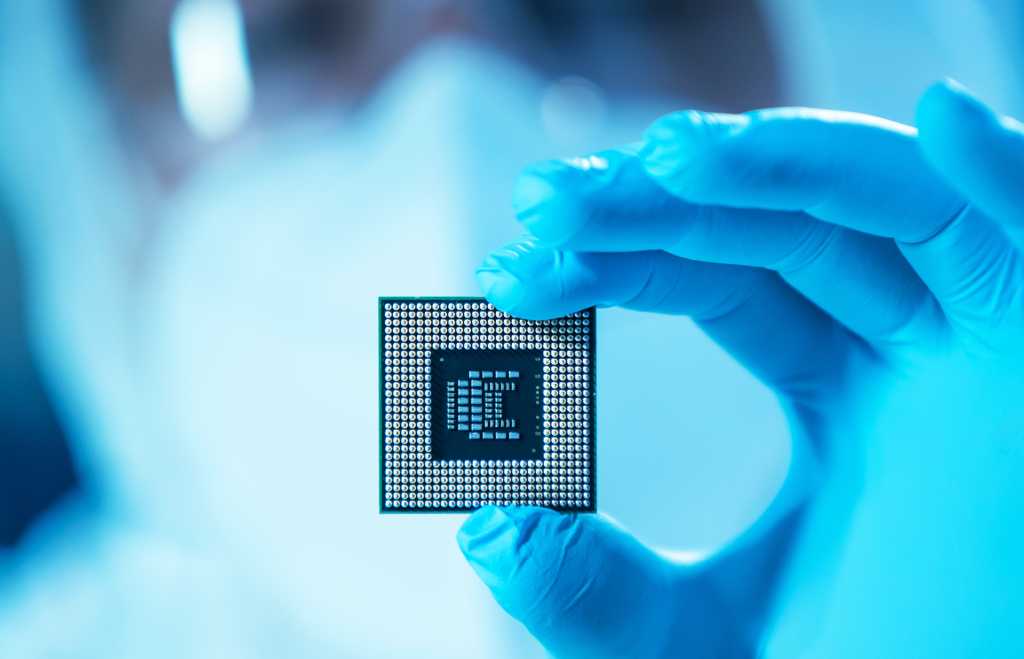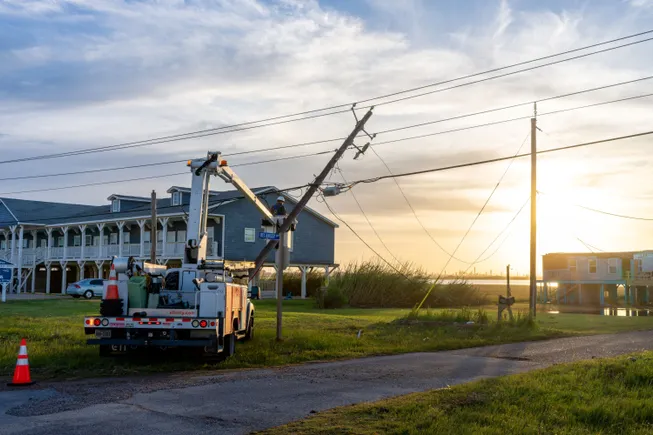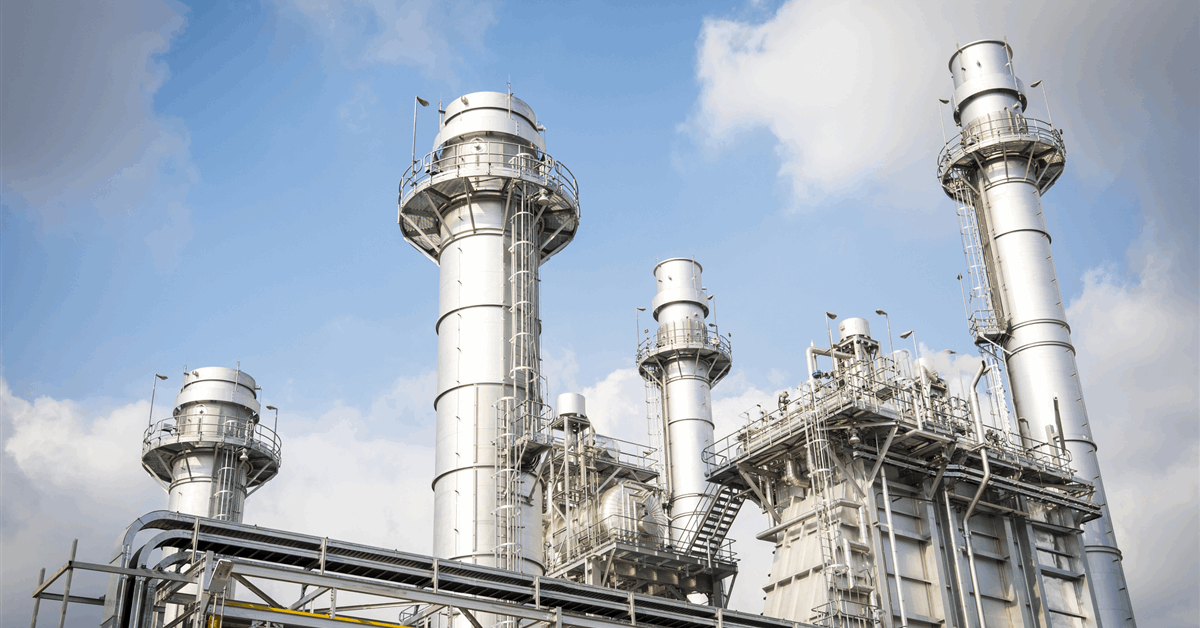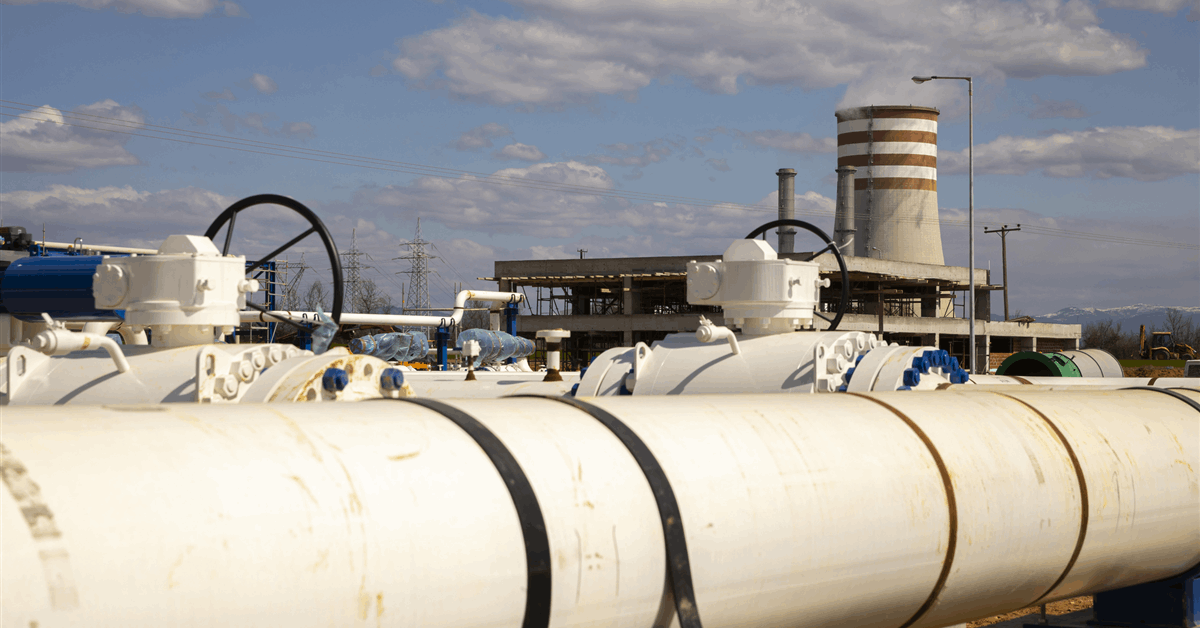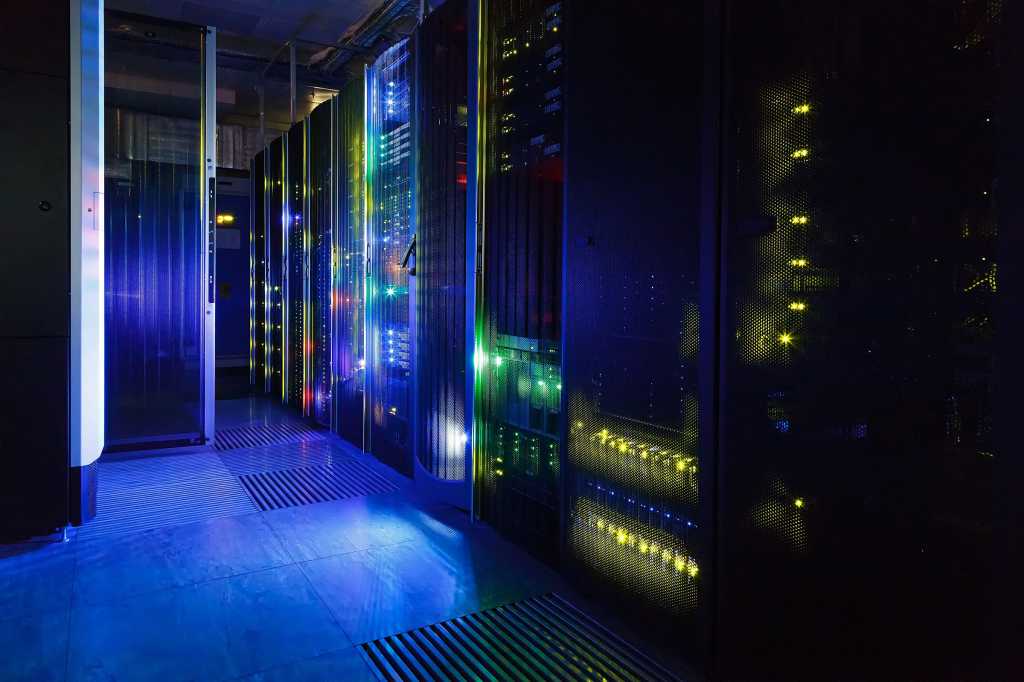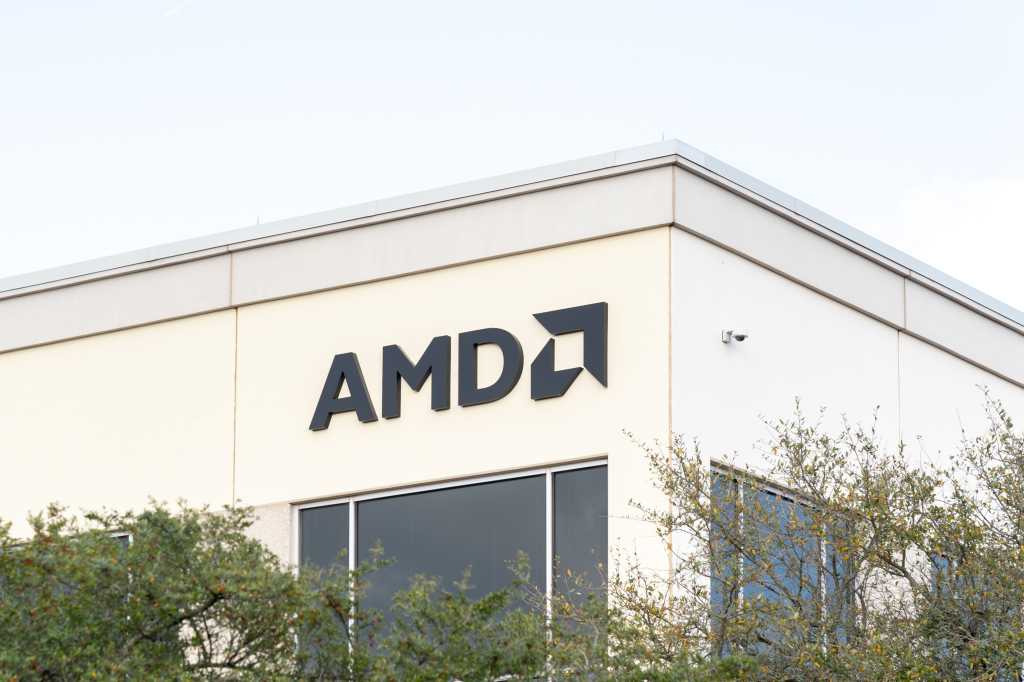
According to Pinkesh Kotecha, chairman and MD of Ishan Technologies, AMD’s 4th Gen EPYC processors stood out because they offer the right combination of high performance, energy efficiency, and security.
“Their high core density and ability to optimize performance per watt made them ideal for managing data-intensive operations like real-time analytics and high-frequency transactions. Additionally, AMD’s strong AI roadmap and growing portfolio of AI-optimised solutions position them as a forward-looking partner, ready to support our customers’ evolving AI and data needs. This alignment made AMD a clear choice over alternatives,” Kotecha said.
By integrating AMD EPYC processors, Ishan Technologies’ Ishan Cloud plans to empower enterprises across BFSI, ITeS, and manufacturing industries, as well as global capability centers and government organizations, to meet India’s data localization requirements and drive AI-led digital transformation.
“The AMD EPYC 4005 series’ price-to-performance ratio makes it an attractive option for cloud hosting and web services, where cost-efficient, always-on performance is essential,” said Manish Rawat, analyst, TechInsights.
Prabhu Ram, VP for the industry research group at CMR, said EPYC 4005 processors deliver a compelling mix of performance-per-watt, higher core counts, and modern I/O support, positioning it as a strong alternative to Intel’s Xeon E-2400 and 6300P, particularly for edge deployments.
Shah of Counterpoint added, “While ARM-based Ampere Altra promises higher power efficiencies and is ideally adopted in more cloud and hyperscale data centers, though performance is something where x86-based Zen 5 architecture excels and nicely balances the efficiencies with lower TDPs, better software compatibilities supported by a more mature ecosystem.”


